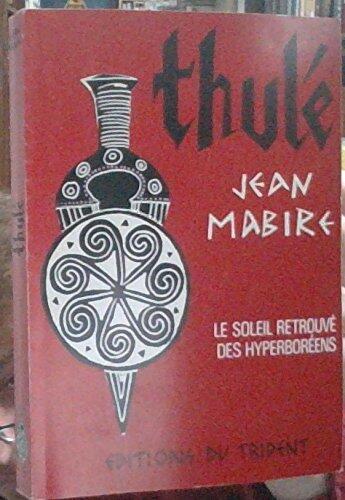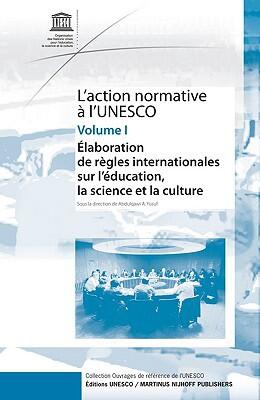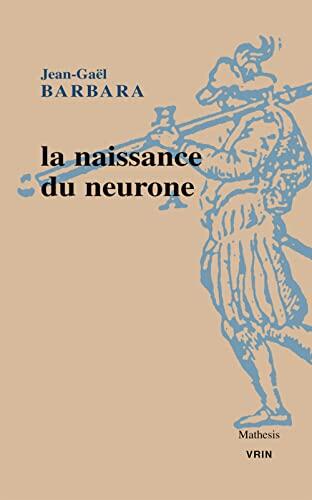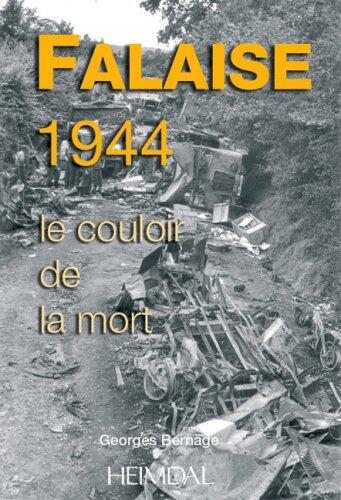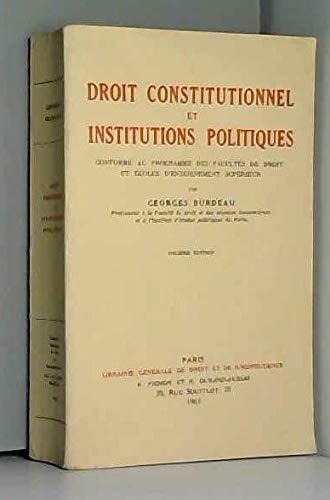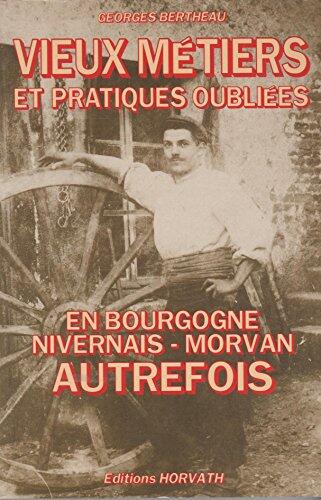
Ce que nous voyons, ce qui nous regarde
아직 평점이 없습니다
History
Art & Photography
형식
페이퍼백
페이지
208
언어
프랑스어
출판됨
Feb 23, 1999
출판사
MINUIT
판
Critique
ISBN-10
2707314293
ISBN-13
9782707314291
설명
In his thought-provoking exploration of perception and visibility, Georges Didi-Huberman delves into the intricate relationship between what is seen and what gazes back at us. He challenges the traditional notions of perception, arguing that the act of seeing is not merely passive but rather an interactive dialogue between the observer and the observed. Through a series of meticulously crafted arguments, he invites readers to reflect on how images and ideas shape our understanding of reality.
Didi-Huberman draws from a rich tapestry of historical references and philosophical insights, highlighting the complexities that underlie visual culture. His analysis extends beyond mere aesthetics, weaving in themes of memory, history, and the responsibilities that accompany the act of observation. Each chapter illuminates the ways in which art and imagery serve as mirrors reflecting deeper truths about the human condition.
This work serves as a powerful reminder of the dynamic nature of perception. By exploring the unseen forces that influence how we view the world, Didi-Huberman encourages a more nuanced engagement with the images that confront us daily, challenging readers to question the boundaries of sight and the implications of witnessing.
Didi-Huberman draws from a rich tapestry of historical references and philosophical insights, highlighting the complexities that underlie visual culture. His analysis extends beyond mere aesthetics, weaving in themes of memory, history, and the responsibilities that accompany the act of observation. Each chapter illuminates the ways in which art and imagery serve as mirrors reflecting deeper truths about the human condition.
This work serves as a powerful reminder of the dynamic nature of perception. By exploring the unseen forces that influence how we view the world, Didi-Huberman encourages a more nuanced engagement with the images that confront us daily, challenging readers to question the boundaries of sight and the implications of witnessing.


